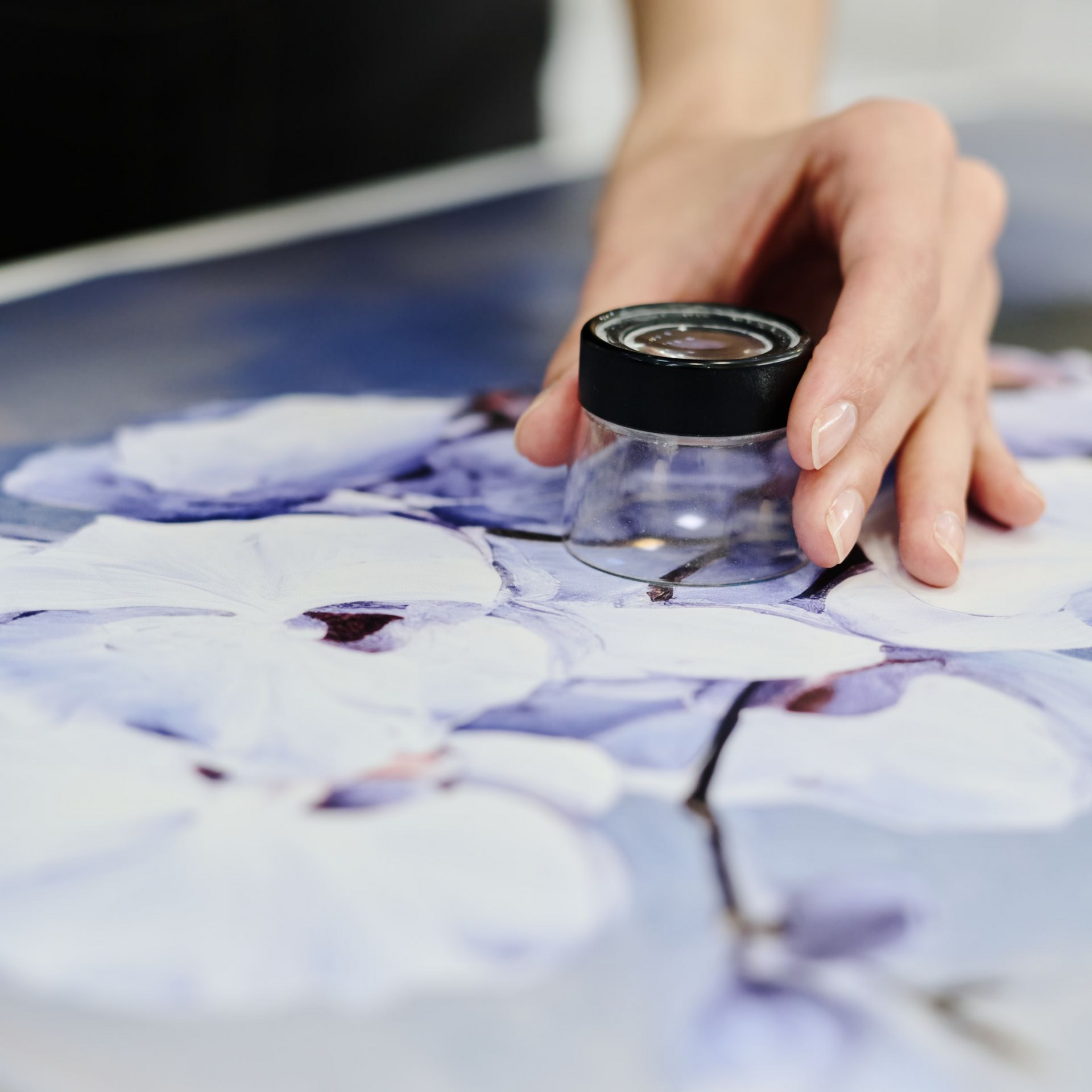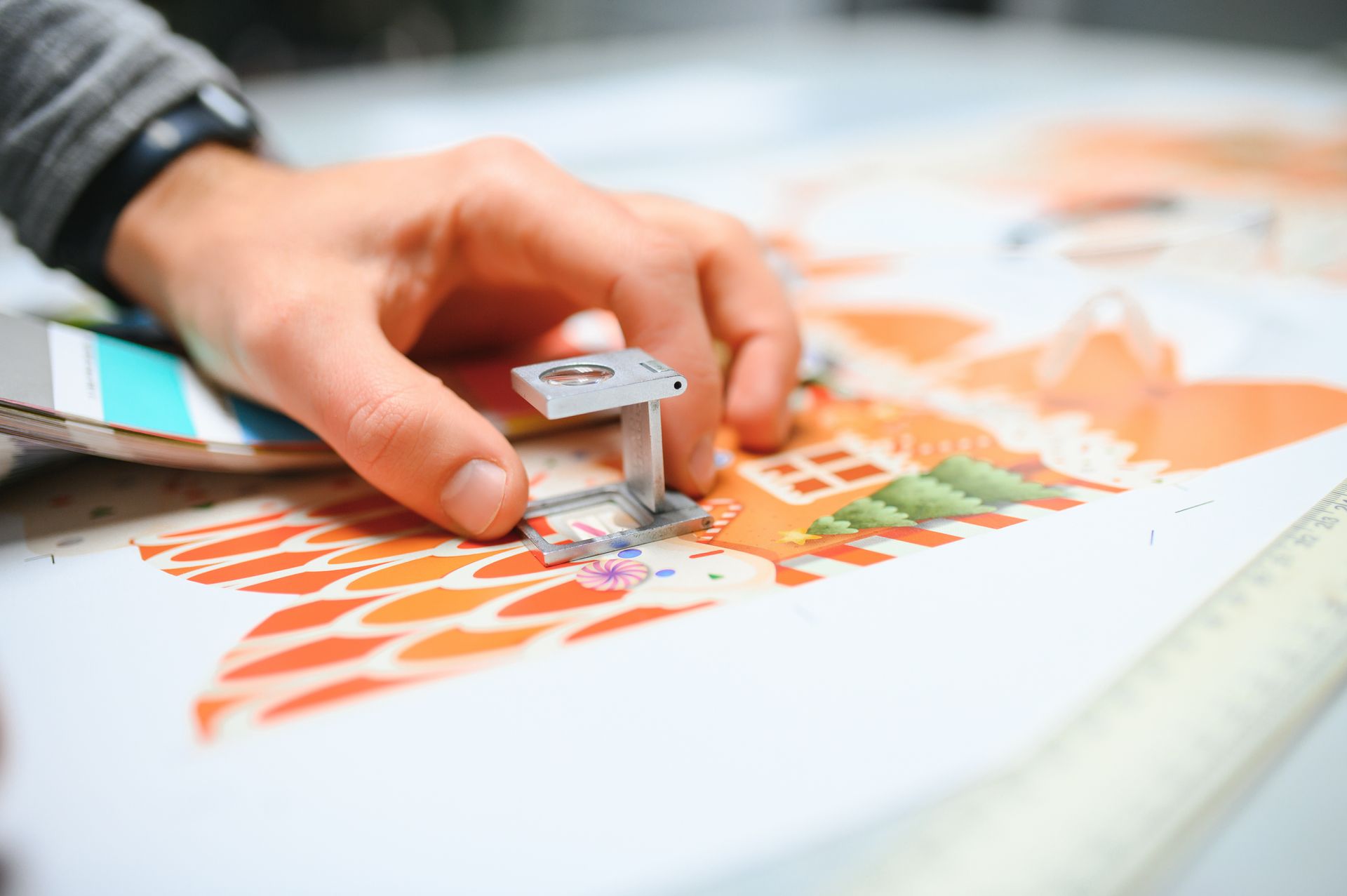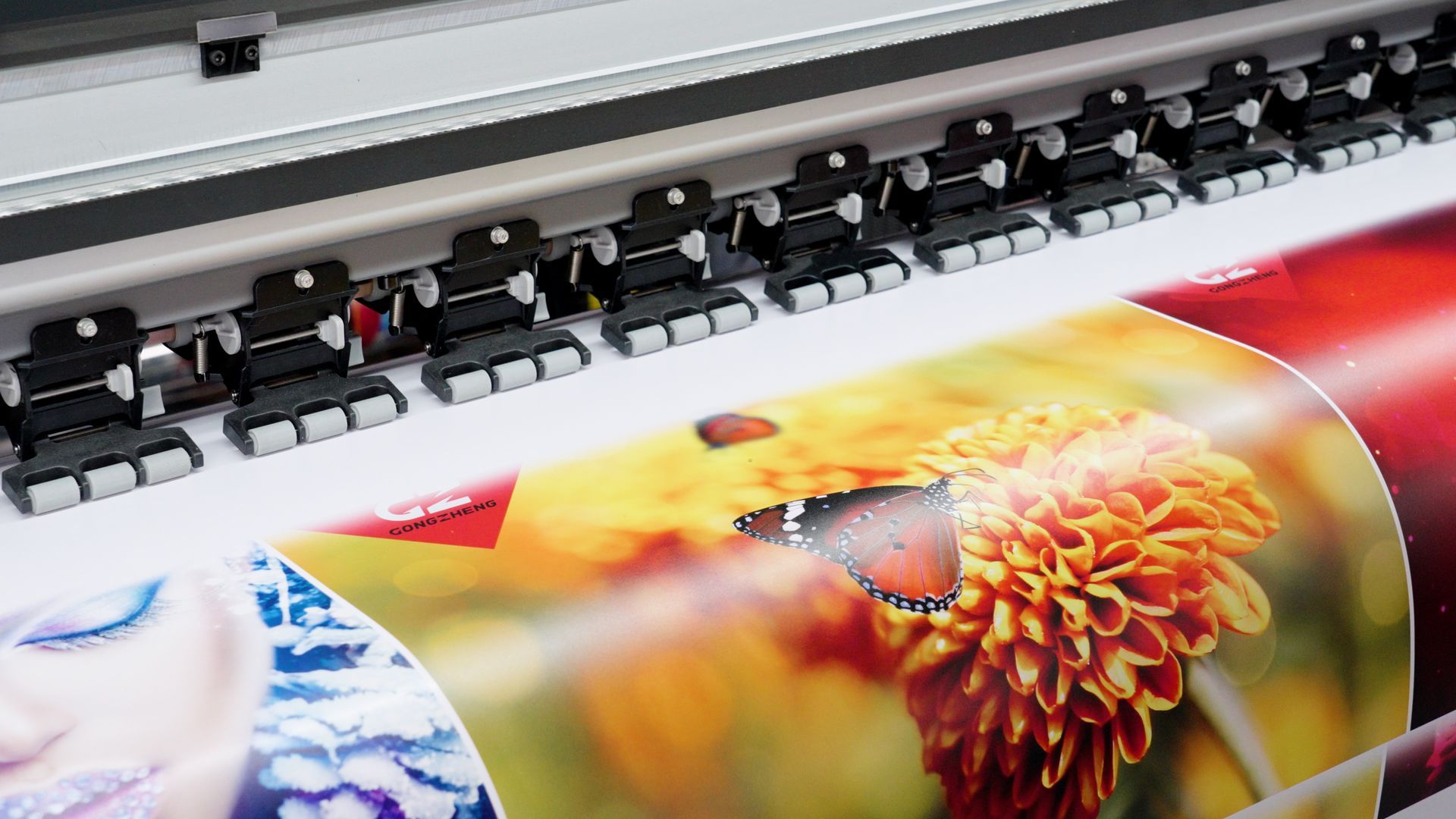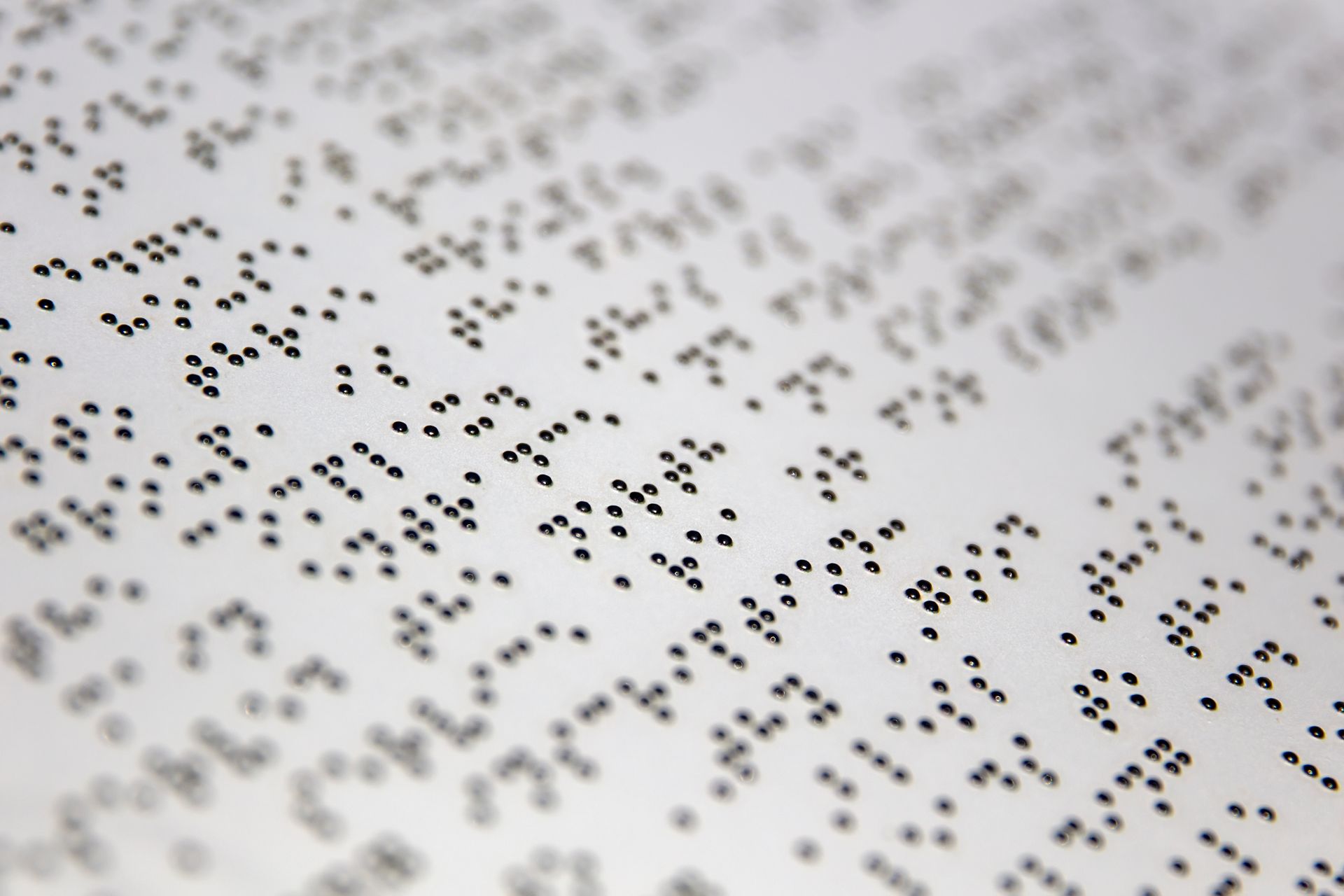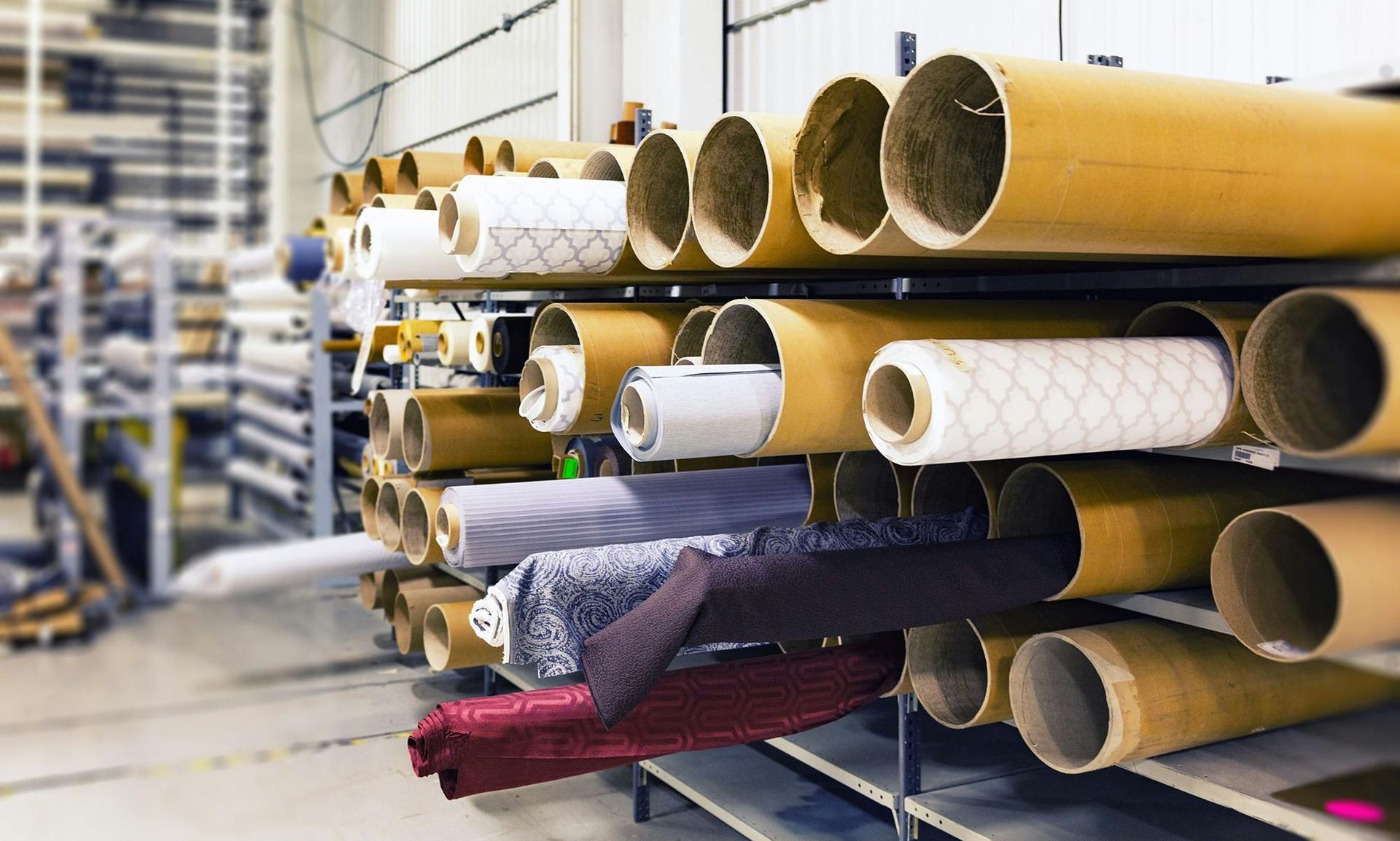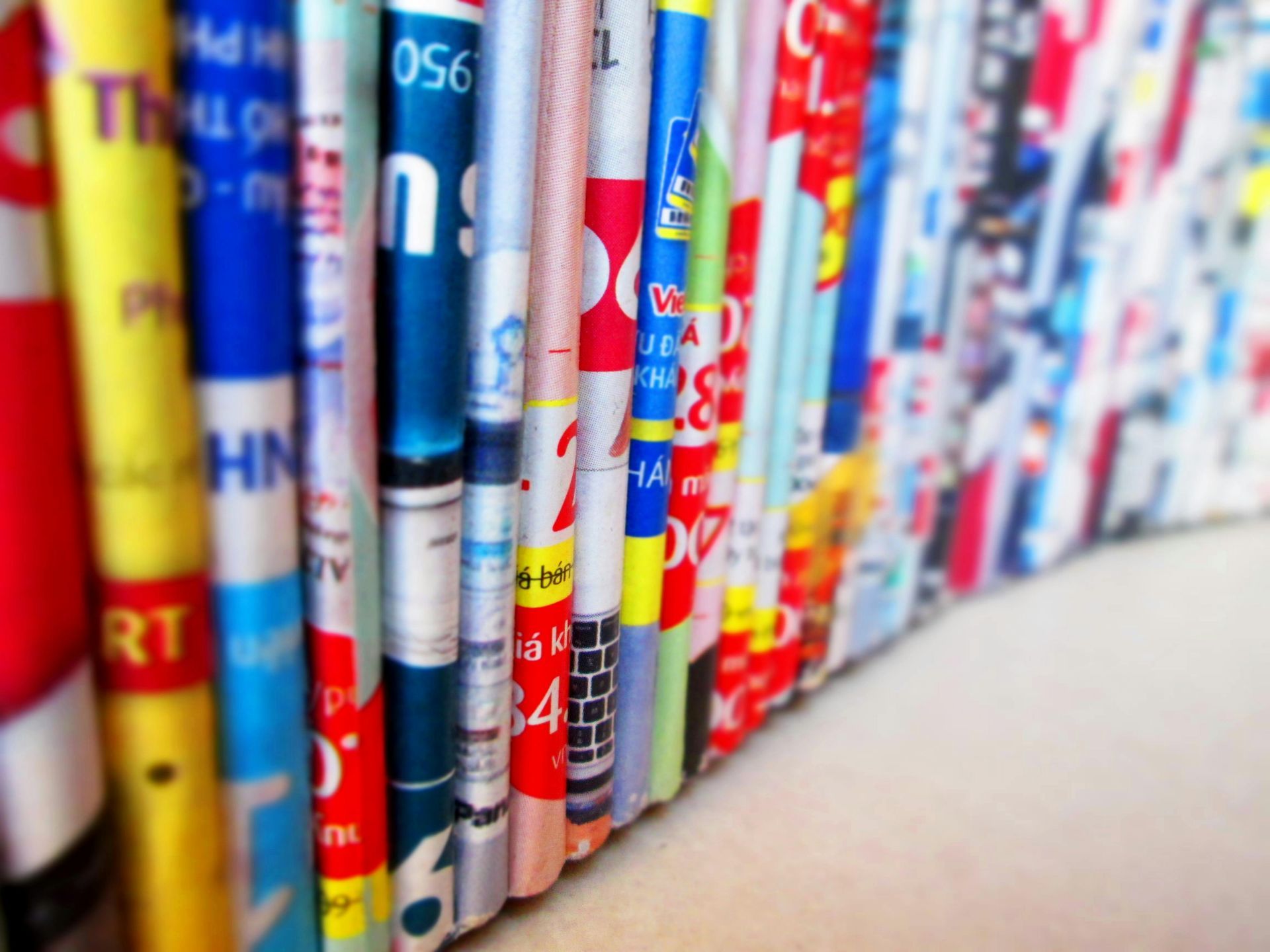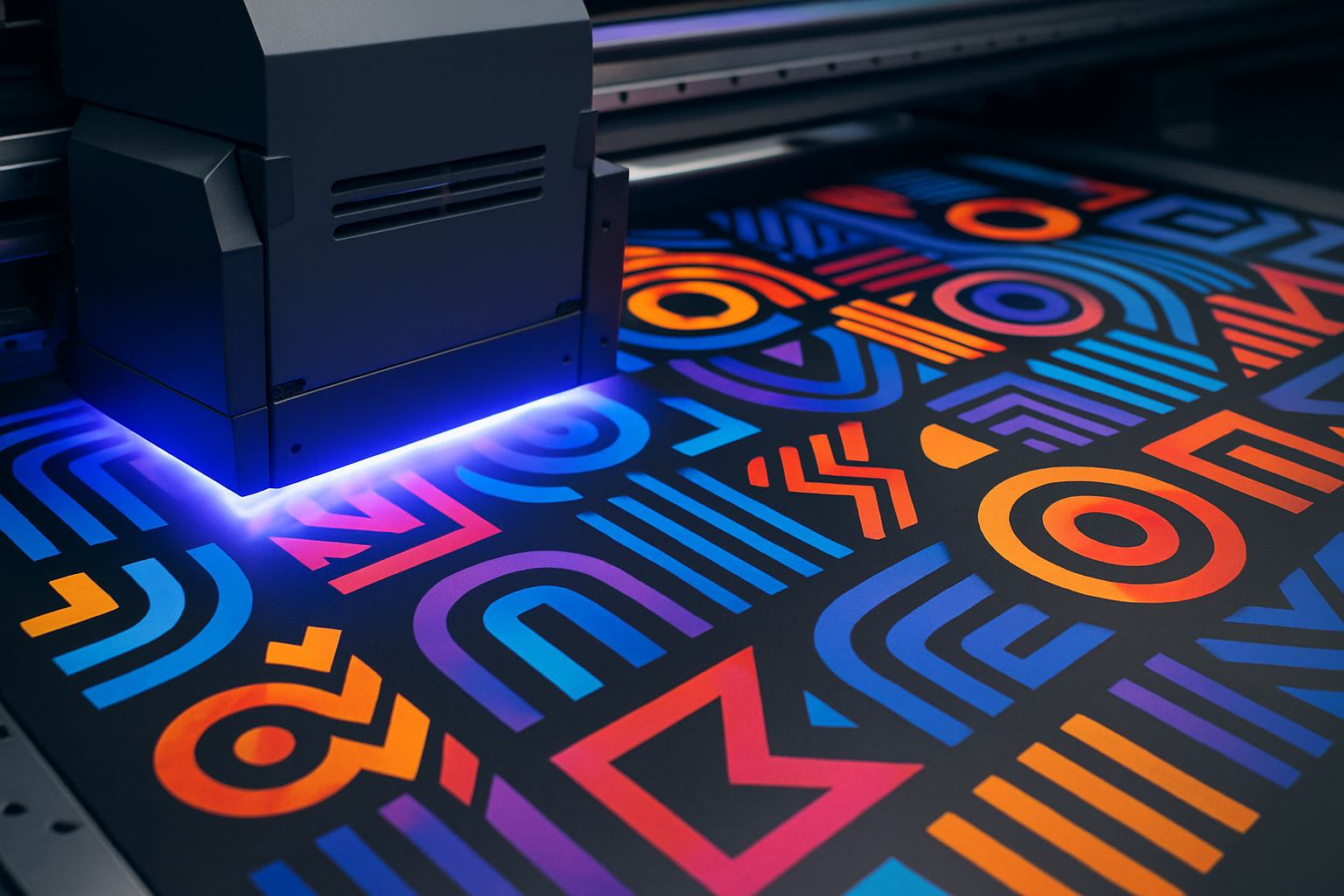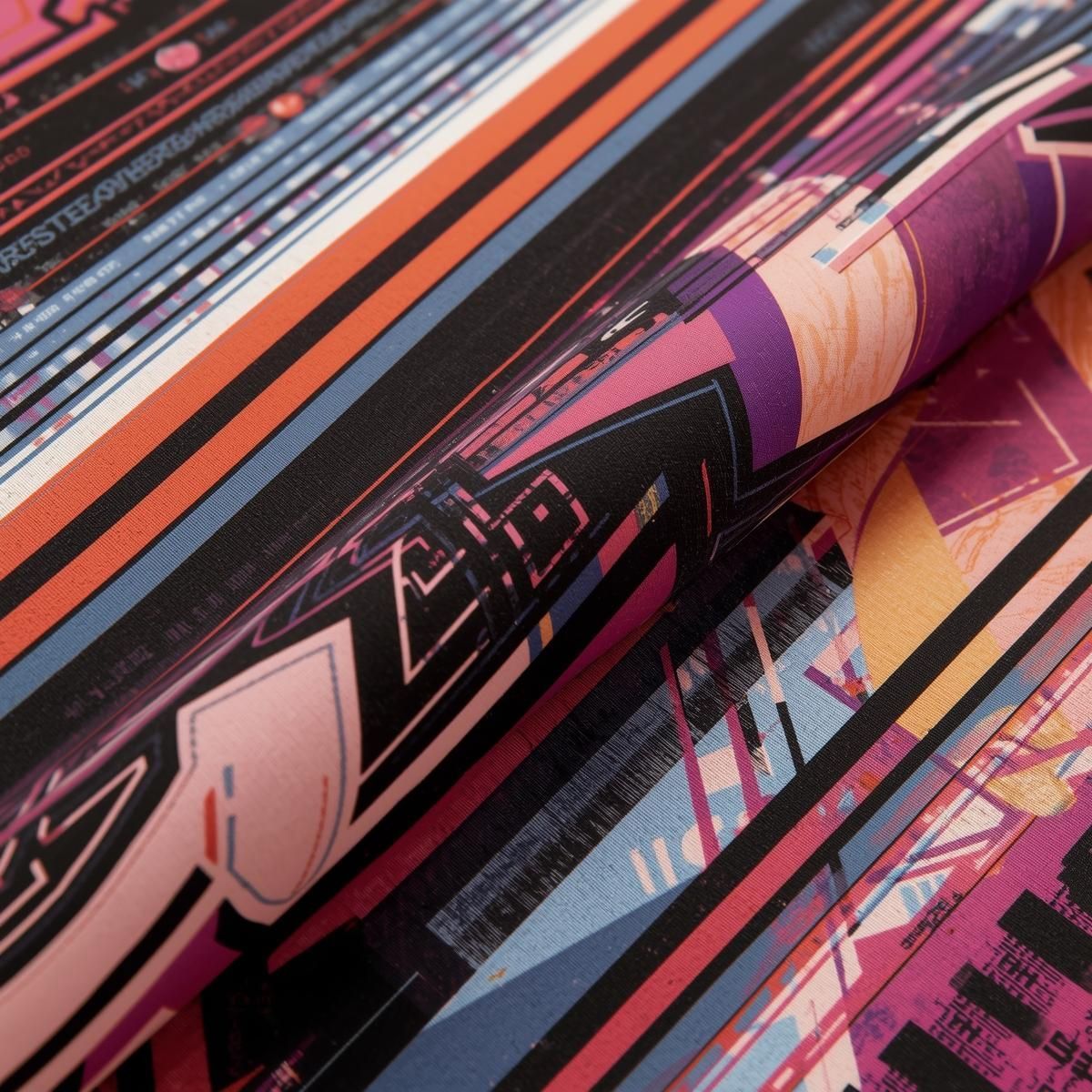DTF Australia Printing White Paper
Curing Custom T-Shirt Bottlenecks for the Australian Market
The Pressure on Custom Product Manufacturing
Across Australia, producers of customised apparel and merchandise are facing growing demands. Customers want choice, they want their garments fast, and they expect competitive pricing despite rising costs. The traditional approach of holding bulk stock in a few colours and styles is giving way to small runs, one-off designs, and personalised items ordered online and delivered almost immediately.
For decorators, this shift exposes the limitations of existing methods. Screen printing has long been the go-to, but its heavy setup times, need for skilled operators, and inflexibility make it impractical for short runs or highly variable jobs. Direct-to-garment printing offered some relief, but it too comes with challenges: costly pretreatment, slower production times, limited fabric options, and high consumable costs. Both methods tie skilled labour directly to the machine and neither supports the “just-in-time” production model now expected in Australia’s on-demand economy.
The New Paradigm – Direct to Film
Direct to Film, or DTF, is reshaping garment decoration. Unlike traditional processes, DTF separates printing from garment production. Designs are printed in reverse onto PET film, cured, and stored as ready-to-press transfers. The printer operates continuously, freeing staff to focus on file preparation, job scheduling, or other tasks while the film is produced.
When needed, the transfers can be applied to almost any garment in just seconds. Heat pressing is straightforward, reliable, and doesn’t require specialist training. If production needs to ramp up quickly — for example, to meet a rush order — extra workers can be placed on pressing stations without lengthy training. What was once a linear, labour-heavy process becomes a flexible, scalable workflow that grows with demand.
Why DTF Matters for Australia
The Australian market is unique: it combines the needs of fashion labels, sports clubs, promotional suppliers, hi – Vis workwear and event merchandise producers, often across regional areas where space, labour, and turnaround speed are critical. DTF fits this environment perfectly.
Unlike DTG, which struggles with synthetic fabrics, DTF handles cotton, polyester, blends, and performance wear with ease — no pretreatment required. It produces vibrant colour, sharp detail, and durable prints comparable to traditional screen printing, yet with far less labour and equipment. For many Australian businesses, this means fewer machines, fewer operators, and faster turnaround times — all in a smaller workspace.
In real terms, a single DTF system can deliver three to five times the output of a DTG printer in the same footprint. For decorators competing on both cost and speed, that can mean the difference between winning or losing business.
The GZ Australia Solution
GZ Australia has developed its DTF systems specifically to meet these challenges. Rather than relying on converted printers and piecemeal curing solutions, GZ delivers fully engineered, performance-matched systems. Printers are paired with purpose-built adhesive powders and films, ensuring batch-to-batch consistency and reliability. All consumables meet rigorous testing standards and carry international certifications to satisfy Australia’s environmental and textile safety requirements.
On the software side, GZ Australia partners with a number of popular RIP software solutions, all are leaders in digital imaging RIP solutions. This software allows decorators to automate complex jobs, personalise prints with barcodes or variable data, and integrate directly with online ordering systems. From web checkout to production, jobs flow smoothly with minimal operator intervention.
Equally important, GZ Australia combines technology with support. With decades of experience in apparel decoration, GZ Australia backs every system with full training and ongoing assistance. Australian businesses aren’t just buying a printer — they’re gaining a long-term partner with local knowledge and global expertise.
Digital Innovation on a Proven Foundation
While DTF may appear new, it builds on a process Australians already know well: screen-printed transfers. For years, plastisol transfers have been used to create durable, vibrant prints by applying ink and adhesive to a carrier sheet before heat pressing. DTF replaces the manual, analogue screen process with precise digital printing, combining the strength of proven transfer methods with the flexibility of modern digital imaging.
This combination of tradition and technology is what makes DTF so powerful. It keeps the reliability of transfers while unlocking the near-limitless flexibility of digital print. For Australia’s custom apparel sector — where speed, versatility, and sustainability are now essential — DTF represents not just an improvement, but a genuine breakthrough.
GZ Australia – Delivering the Future of Custom Apparel Production
